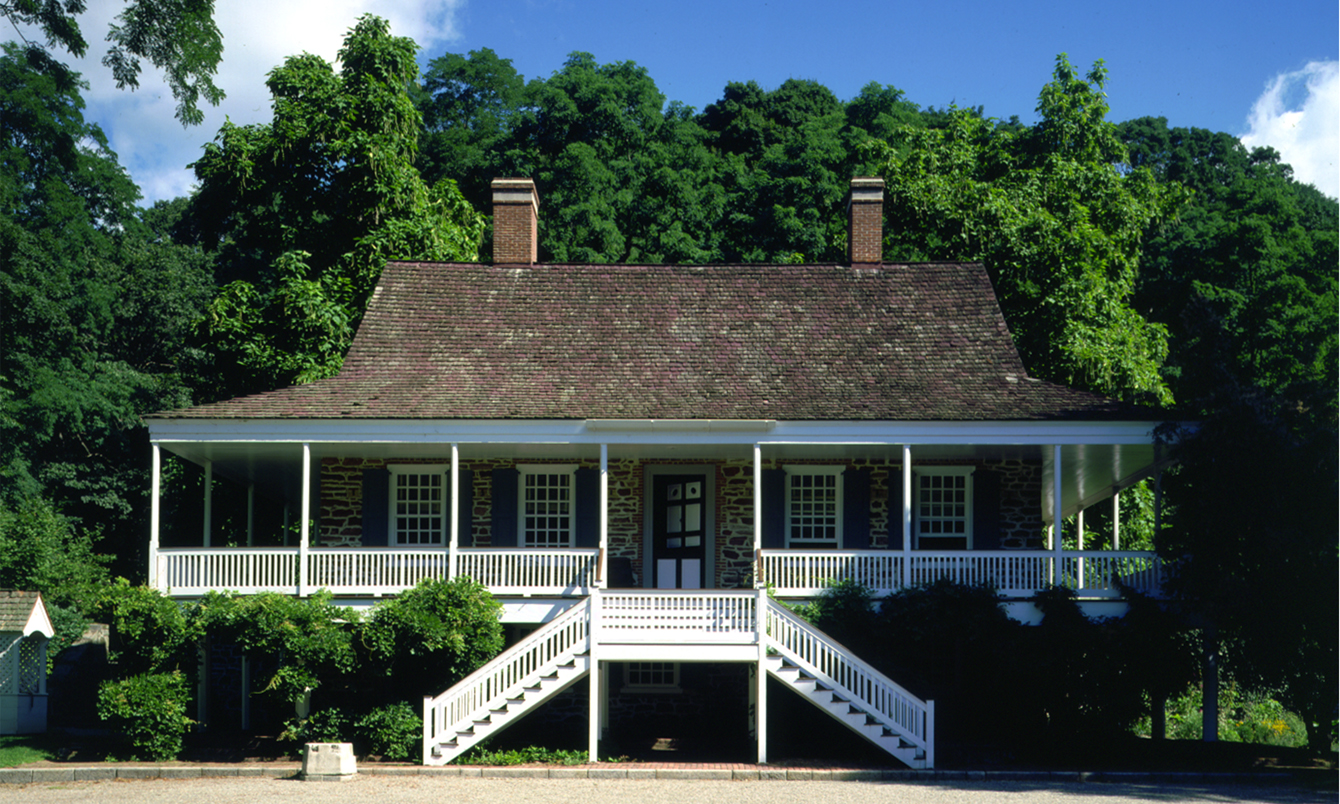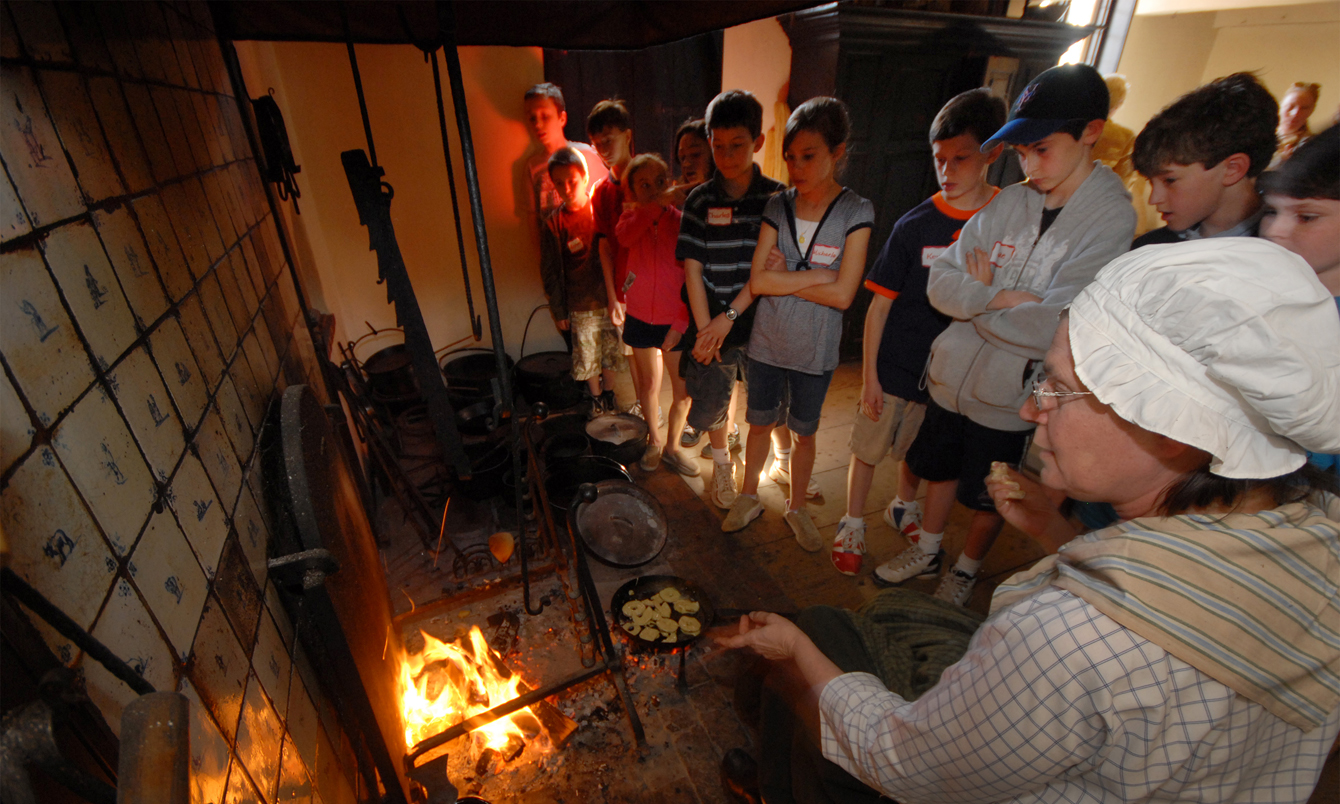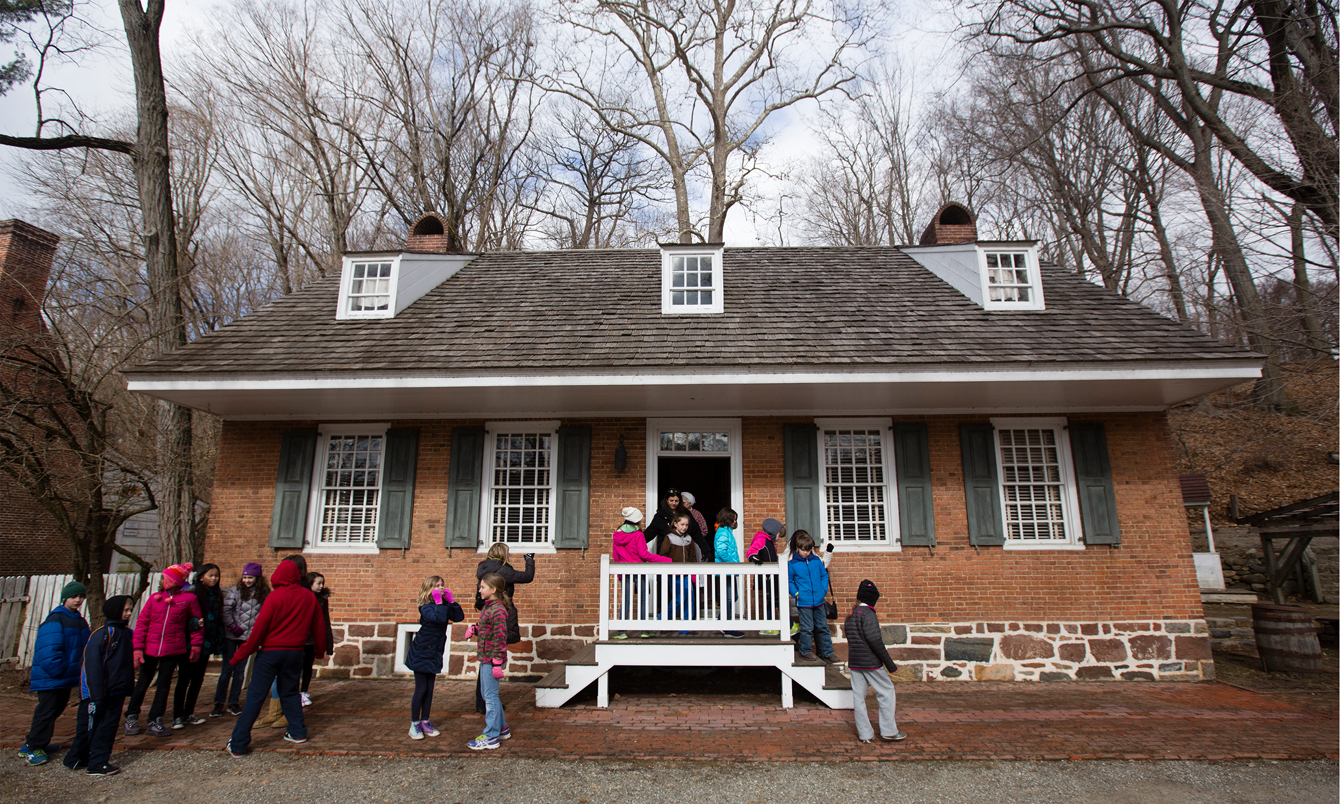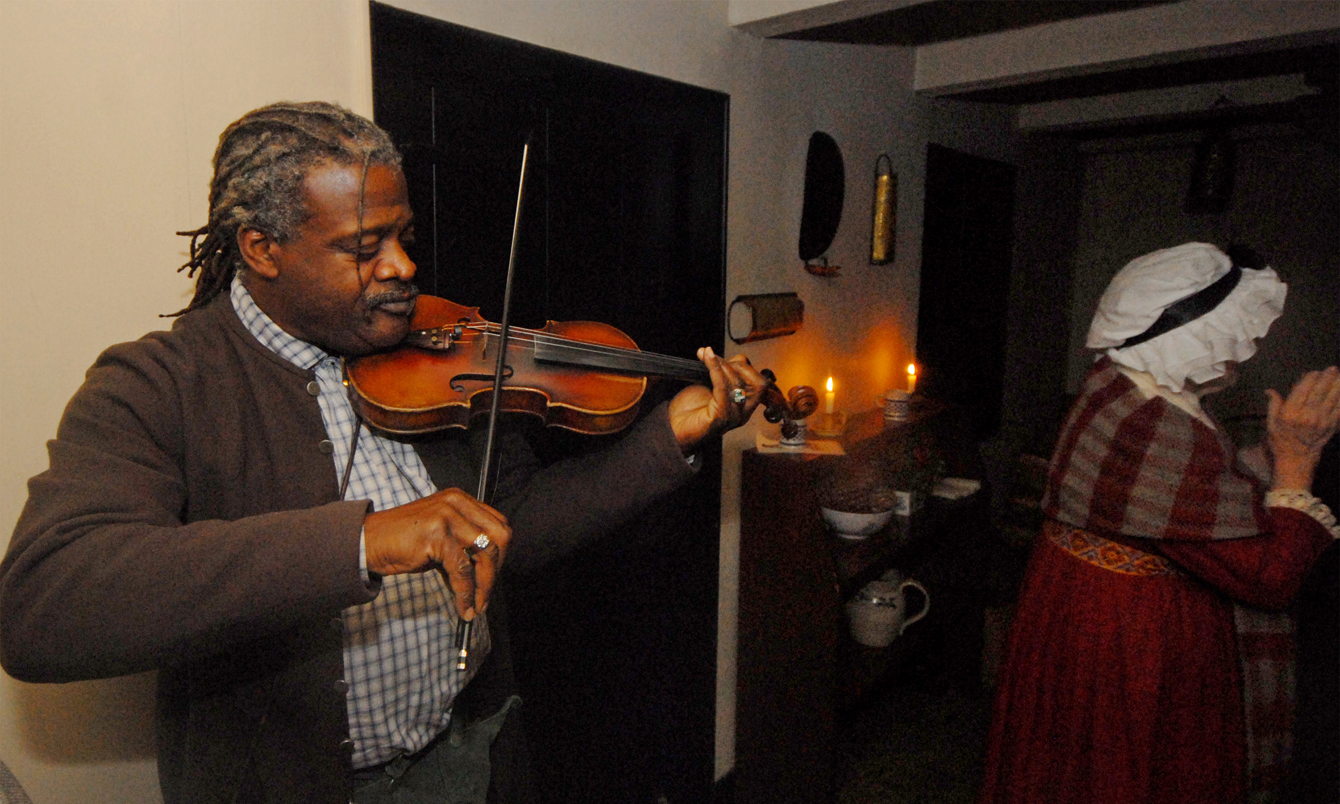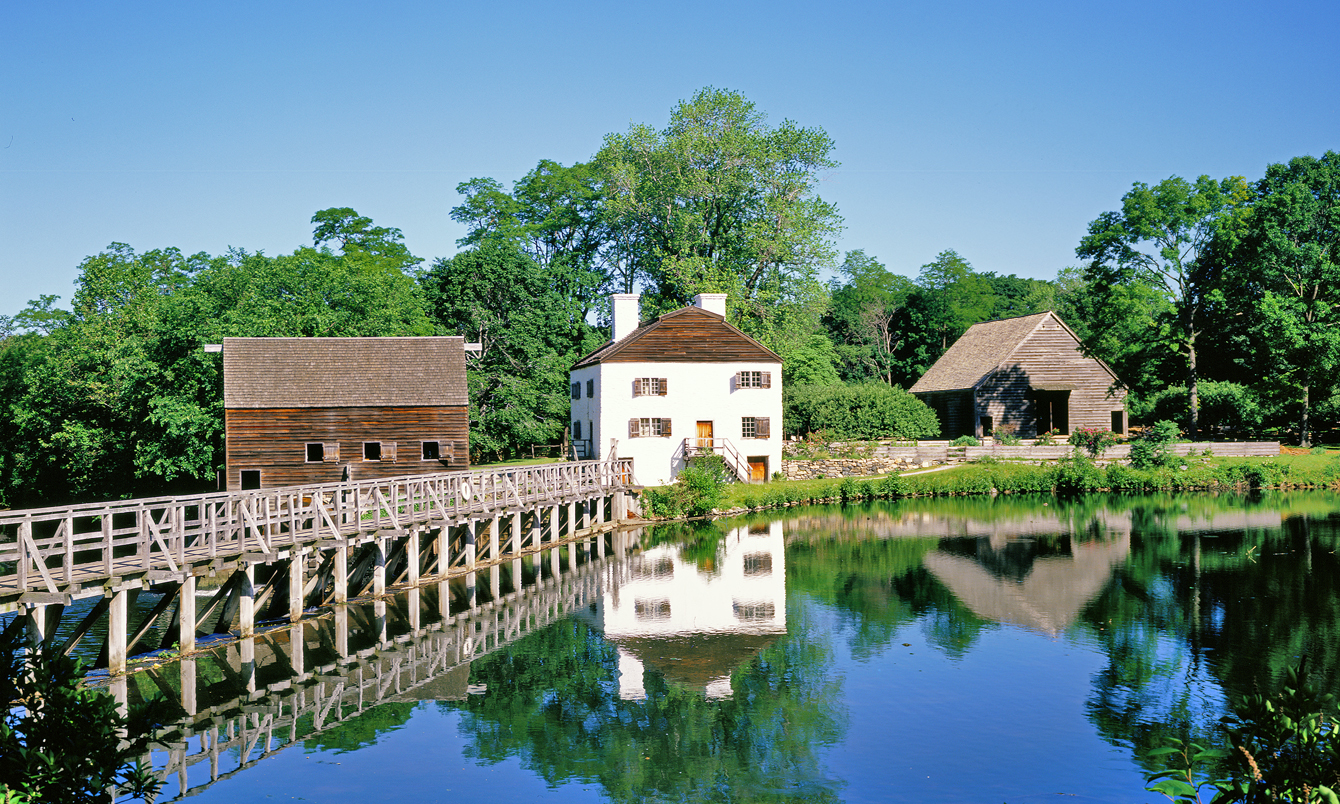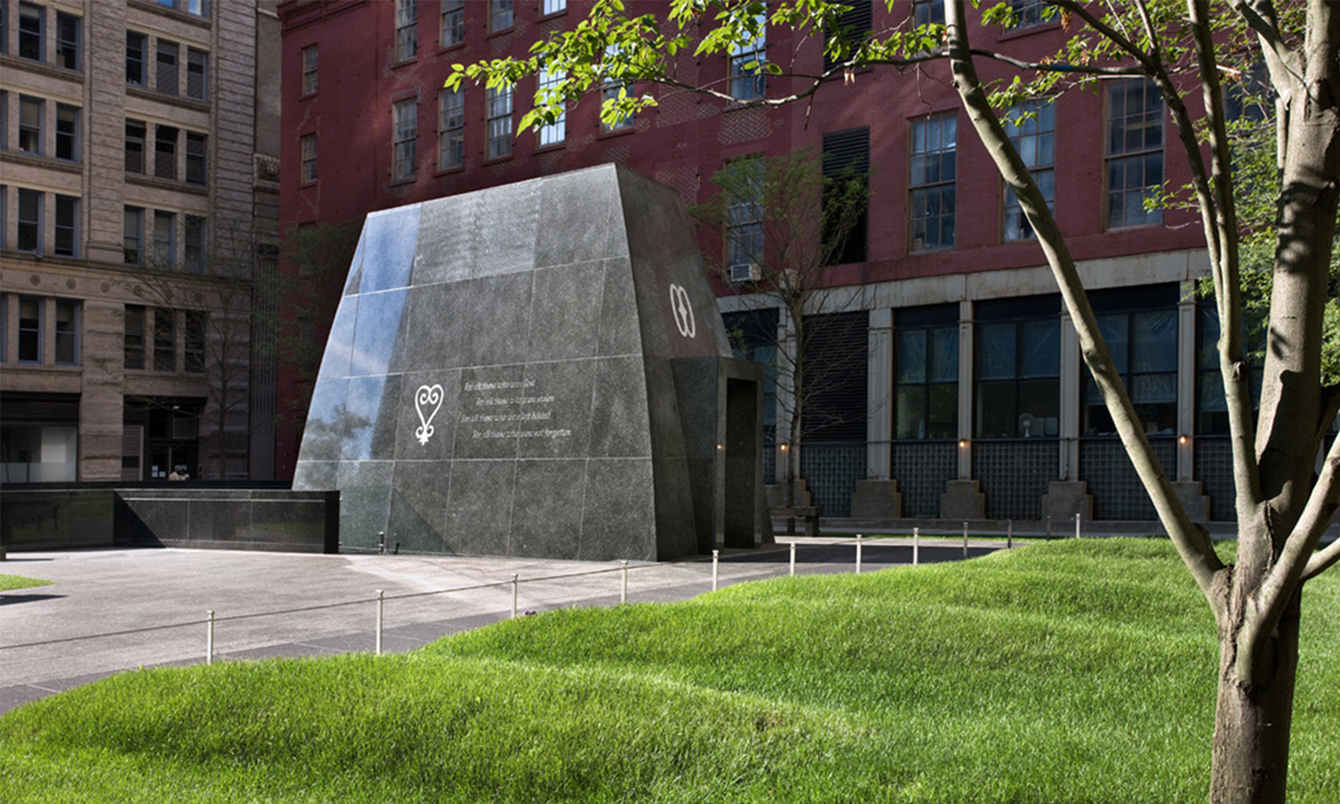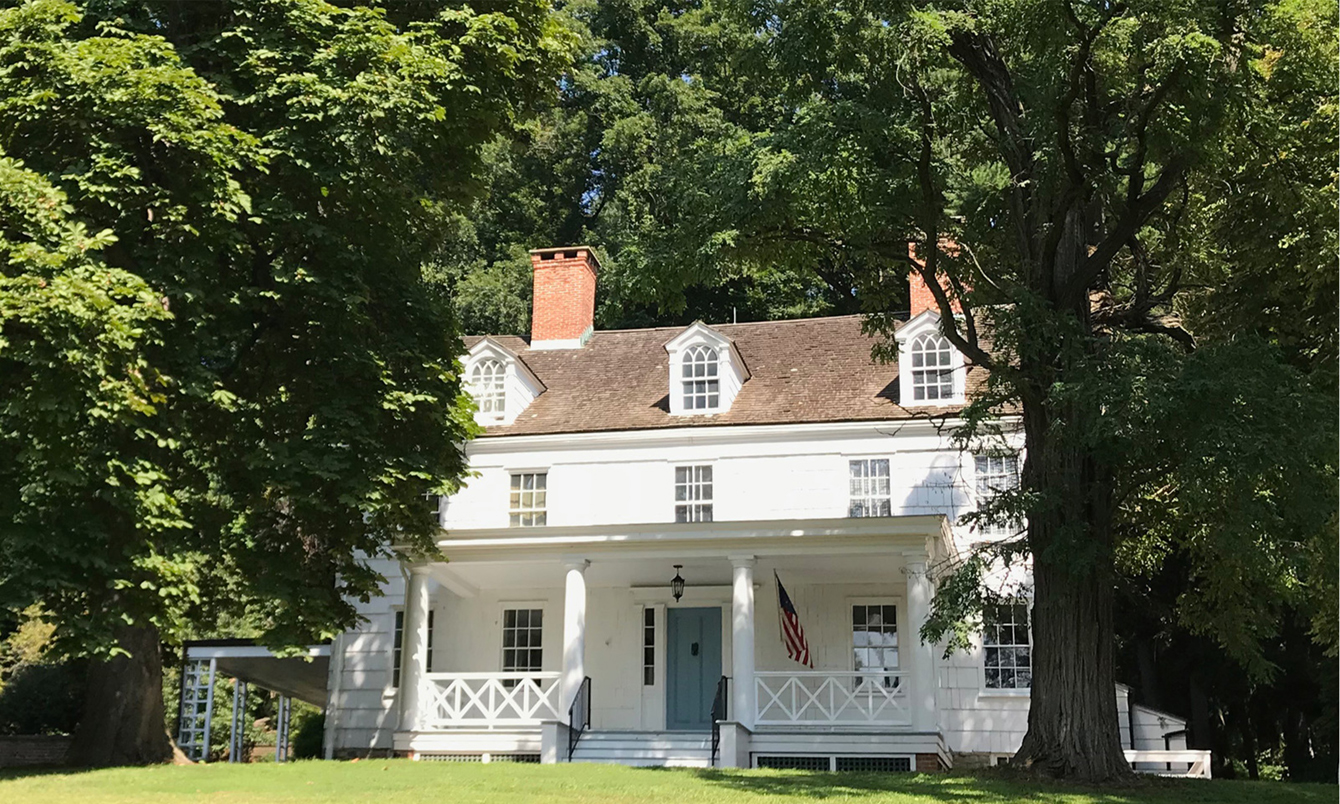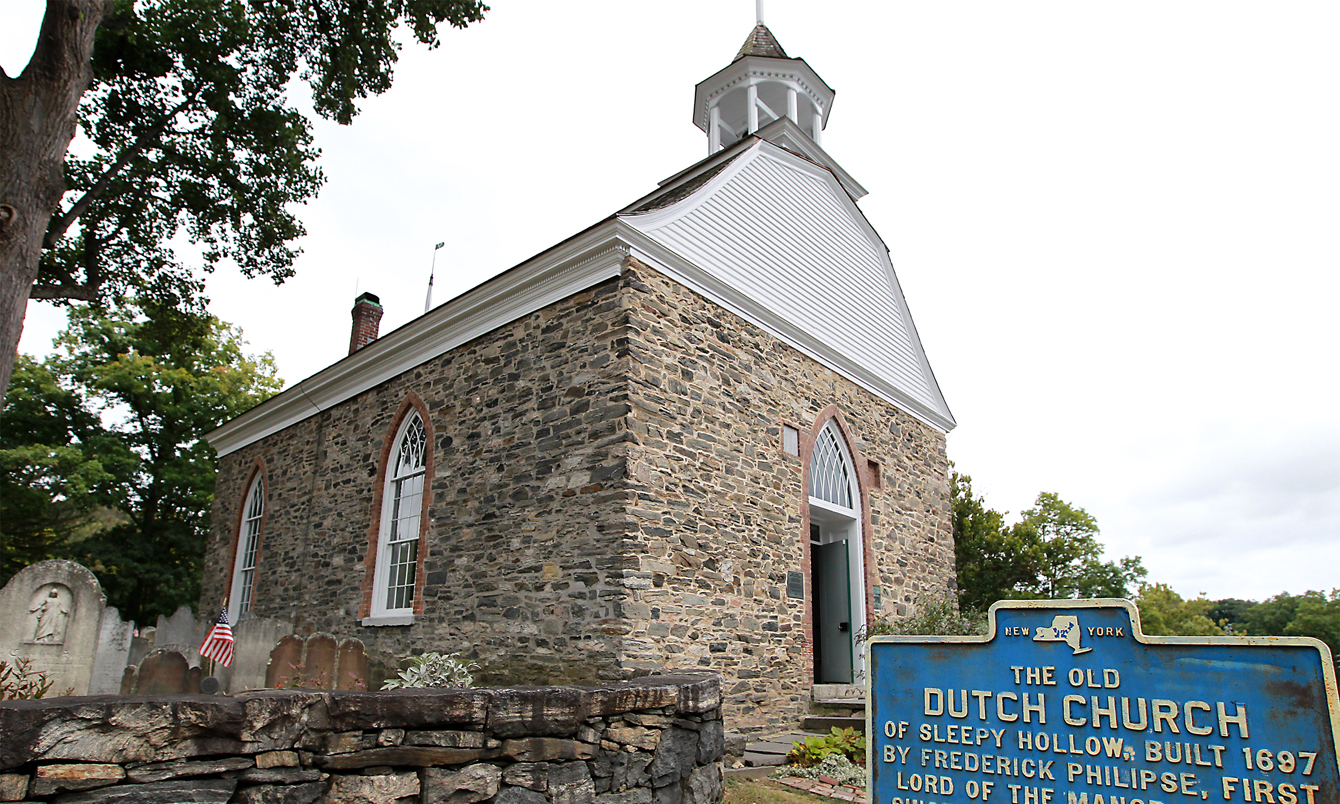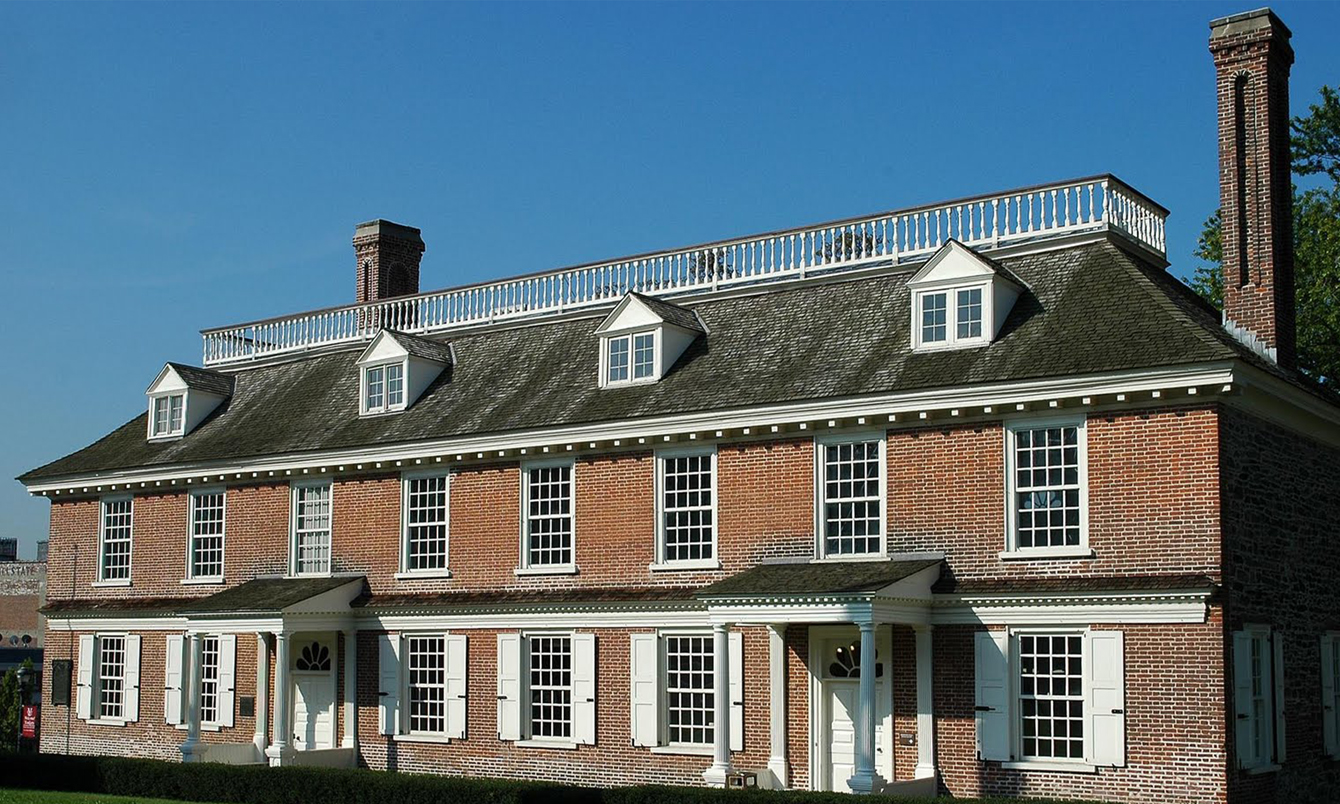Enslaved Africans—including Titus and Bridget—arrived at Van Cortlandt Manor prior to the American Revolution as the property of Pierre Van Cortlandt (1721–1814) and his family. After the war, additional names of the enslaved appear in the family’s letters: Ishmael, Sib, Abbey and Phillis, along with the names of servants of European descent. Ruth also likely spent time at Van Cortlandt Manor. All of Van Cortlandt Manor’s residents worked to repair and rebuild the estate, which suffered damage during the American Revolution. The site served as a home, a business office, a political headquarters, and a center for democratic discourse. Even as the Van Cortlandts discussed freedom and equality for citizens of the nation, the operations of the estate and the family business were made possible by the labor of African captives. Acknowledgement and recognition of the enslaved residents’ lives and work are now part of site tours at Van Cortlandt Manor.
Van Cortlandt Manor
The 18th-century home of New York State’s first Lieutenant Governor, his family, and the enslaved Africans who worked there.


